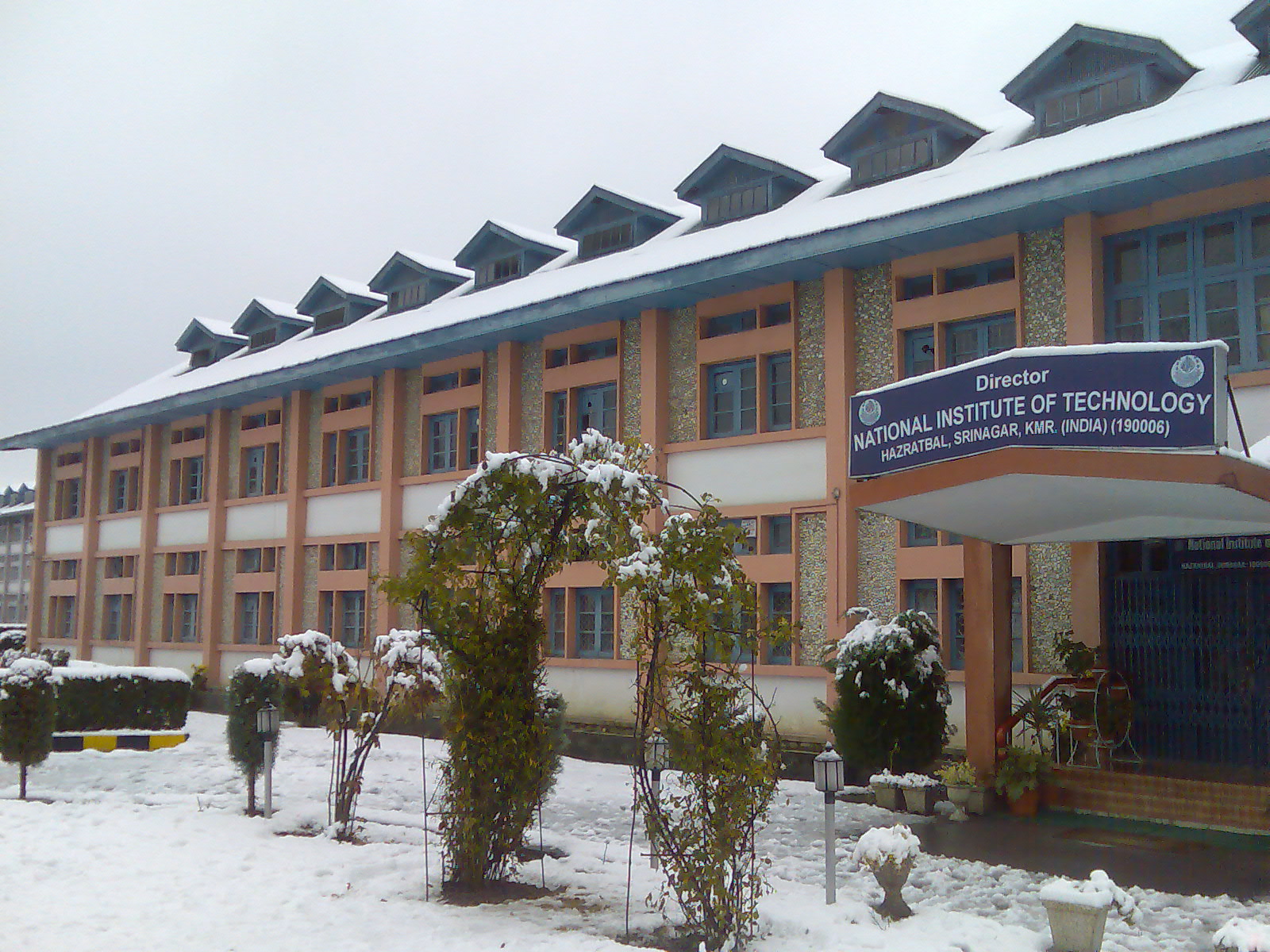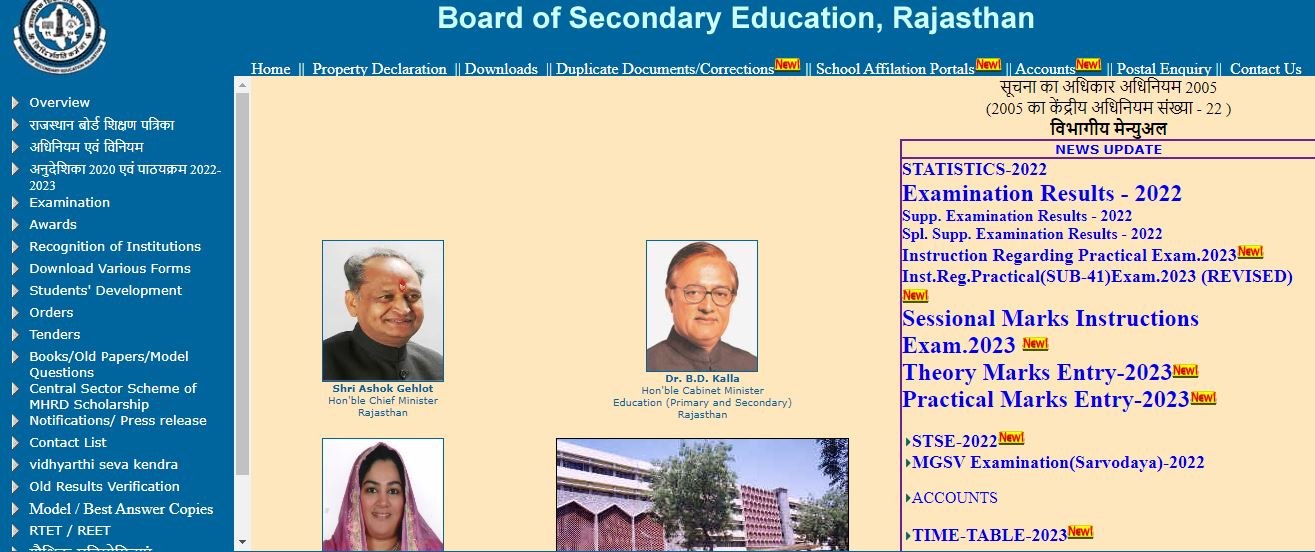Table of Contents
Introduction:
In the world of physics, Sir Isaac Newton’s laws of motion are foundational principles that govern the behavior of objects in motion. Among these laws, Newton’s second law stands out as a fundamental principle that helps us understand the relationship between an object’s mass, acceleration, and the forces acting upon it.
What is Newton’s Second Law?
Newton’s second law of motion states that the acceleration of an object is directly proportional to the net force applied to it and inversely proportional to its mass. This can be mathematically represented as:
F = ma
Where:
– F represents the net force acting on the object,
– m denotes the object’s mass, and
– a symbolizes the resulting acceleration.
Understanding the Components:
1. Force (F):
Force is a vector quantity that represents the push or pulls applied to an object. It is measured in Newtons (N). Newton’s second law states that the acceleration of an object is directly proportional to the net force acting upon it. The greater the force applied, the greater the acceleration.
2. Mass (m):
Mass refers to the amount of matter present in an object. It is a scalar quantity, typically measured in kilograms (kg). According to Newton’s second law, acceleration is inversely proportional to mass. Objects with a smaller mass require less force to achieve a certain acceleration compared to objects with a larger mass.
3. Acceleration (a):
Acceleration represents the rate at which an object’s velocity changes with time. It is also a vector quantity and is measured in meters per second squared (m/s^2). As per Newton’s second law, the acceleration of an object is directly proportional to the applied force and inversely proportional to its mass.

Newton’s Second Law Derivation:
To derive Newton’s second law, let’s consider a scenario where an object of mass m experiences a net force F, resulting in an acceleration a. We can break down the derivation into three steps:
Step 1: Applying Newton’s First Law:
According to Newton’s first law of motion, if the net force acting on an object is zero, the object will remain at rest or continue to move with a constant velocity. In mathematical terms, this can be expressed as:
ΣF = 0
Step 2: Introducing Newton’s Second Law:
Now, let’s introduce the concept of acceleration and the net force acting on the object. We can rewrite Newton’s first law as:
ΣF = ma
Step 3: Analyzing Forces:
In real-world scenarios, an object is subject to various forces. To understand the effect of these forces on the object’s motion, we consider the vector sum of all the individual forces acting upon it, denoted by ΣF.
By combining Steps 1 and 2, we obtain the derivation of Newton’s second law:
ΣF = ma
This equation shows that the net force acting on an object is directly proportional to the product of its mass and acceleration. Consequently, if the mass remains constant, an increase in force will result in a corresponding increase in acceleration, and vice versa.
Understanding the Practical Applications:
1. Automotive Industry:
Newton’s second law plays a crucial role in the design and engineering of vehicles. By understanding the relationship between mass, acceleration, and force, engineers can optimize factors such as engine power, aerodynamics, and weight distribution to enhance vehicle performance and fuel efficiency.
2. Sports and Athletics:
In sports, Newton’s second law helps athletes understand how different forces affect their performance. For example, in the sport of running, a sprinter exerts a greater force against the ground to accelerate faster. Similarly, in sports like javelin throwing or long jumping, athletes utilize their understanding of this law to maximize their performance.
3. Mechanical Engineering:
Engineers and designers in various fields, such as robotics or machinery, rely on Newton’s second law to ensure the stability and efficiency of their creations. They use the principles of force and acceleration to optimize machine designs, calculate the required power, and predict the behavior of mechanical systems.
Solved Examples
Example 1: A Car Accelerating
Let’s consider a car with a mass of 1200 kg. If a net force of 2500 N is applied, what will be the car’s acceleration?
Using Newton’s second law equation, we can calculate the acceleration:
F = ma
2500 N = 1200 kg * a
a = 2500 N / 1200 kg
a ≈ 2.08 m/s²
Therefore, the car will experience an acceleration of approximately 2.08 m/s² when a net force of 2500 N is applied.
Example 2: Falling Objects
Suppose a 5 kg object is falling freely due to gravity. What is the magnitude of the force acting on the object?
To find the force, we need to determine the object’s weight. Weight is the force exerted on an object due to gravity and is given by the formula:
Weight = mass * acceleration due to gravity
Weight = 5 kg * 9.8 m/s² (approximate value for Earth’s gravity)
Weight ≈ 49 N
Hence, the magnitude of the force acting on the object is approximately 49 N.
Example 3: Pushing a Box
Imagine a person pushing a 25 kg box across a flat surface with a force of 150 N. What will be the resulting acceleration of the box?
Using the formula F = ma, we can rearrange it to find acceleration:
a = F / m
a = 150 N / 25 kg
a = 6 m/s²
Therefore, the box will experience an acceleration of 6 m/s² when a force of 150 N is applied.
FAQ
What is the mathematical representation of Newton’s second law of motion?
Newton’s second law of motion is mathematically represented as F = ma, where F is the net force acting on an object, m is its mass, and a is the acceleration produced.
How does Newton’s second law explain the relationship between force, mass, and acceleration?
According to Newton’s second law, the acceleration of an object is directly proportional to the net force applied to it and inversely proportional to its mass. In simpler terms, the larger the force applied to an object, the greater its acceleration, and the greater the mass of an object, the smaller its acceleration for a given force.
Can Newton’s second law be applied to objects at rest?
Yes, Newton’s second law can be applied to objects at rest as well. When an object is at rest, the acceleration is zero, so according to F = ma, the net force acting on the object must also be zero.
How does Newton’s second law explain the concept of inertia?
Newton’s second law provides an explanation for inertia. Inertia is the property of an object to resist changes in its motion. According to Newton’s second law, an object at rest will remain at rest (zero acceleration) unless acted upon by an external force. Similarly, an object in motion will continue moving at a constant velocity unless acted upon by an external force.
Can Newton’s second law be applied to non-linear motion?
Yes, Newton’s second law can be applied to non-linear motion. The equation F = ma holds true for both linear and non-linear motion, as long as the net force and the resulting acceleration are considered in the appropriate direction.
What happens when multiple forces act on an object simultaneously?
When multiple forces act on an object simultaneously, the net force is determined by summing up all the individual forces. The resulting net force determines the acceleration of the object using Newton’s second law.
Does Newton’s second law apply to all objects regardless of size or scale?
Yes, Newton’s second law applies to all objects, regardless of their size or scale. It is a fundamental principle of classical mechanics that governs the motion of objects in the macroscopic world.
Can Newton’s second law be used to calculate the force of friction?
Yes, Newton’s second law can be used to calculate the force of friction. By measuring the acceleration of an object on a surface and knowing the mass, the force of friction can be determined by subtracting the force due to acceleration from the applied force.
Is there a limit to the validity of Newton’s second law?
Newton’s second law is valid within the realm of classical mechanics and for objects moving at speeds much slower than the speed of light. At extremely high speeds or in the presence of strong gravitational fields, relativistic effects need to be considered, and Newton’s laws may no longer accurately describe the behavior of objects.
Can Newton’s second law be extended to systems with varying mass?
Yes, Newton’s second law can be extended to systems with varying masses. In such cases, the net force acting on the system is still equal to the product of the total mass and the acceleration of the center of mass of the system. This principle is applicable to systems like rockets, where the mass changes over time due to the expulsion of propellant.
Also, read the Photosynthesis equation
































Comments on “Newton’s Second Law: The Foundation of Classical Mechanics”
Comments are closed.